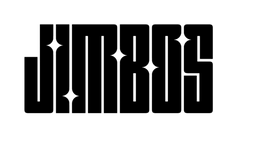Graphene Coating vs Ceramic Coating – What’s the Difference?
Graphene is the newest buzzword in car care—but does it really outperform ceramic coatings? Let’s break down the facts and see which is better for your paint.
What Is a Ceramic Coating?
Ceramic coatings are made from silicon dioxide (SiO₂) and bond to your vehicle’s surface, creating a durable, hydrophobic layer. They protect against UV rays, bird droppings, and light scratches, while making maintenance easier.
What Is a Graphene Coating?
Graphene coatings include carbon-based nanomaterials that claim to offer added durability, less water spotting, and even anti-static properties. They’re typically infused into a ceramic base, not standalone “graphene-only” formulas.
Key Differences Between Graphene and Ceramic
| Feature | Ceramic | Graphene |
|---|---|---|
| Water Spot Resistance | Good | Slightly Better |
| Durability | 1–3 years (DIY) | Similar |
| Ease of Use | Great | Similar |
| Hype Factor | Established | High |
Should You Switch to Graphene?
If you’re already using a high-quality ceramic coating like Tough As Shell, you’re not missing out. Graphene coatings may offer slight improvements, but they often come at a much higher price—and little real-world difference.
What to Look for Instead
Focus on ease of use, protection level, and how often you’re willing to reapply. Tough As Shell offers incredible protection, gloss, and water behavior—without gimmicks or inflated prices.
Skip the Hype. Stick with Real Protection.
Tough As Shell gives you the hydrophobic, glossy, and long-lasting protection you expect—without the graphene buzzwords.




